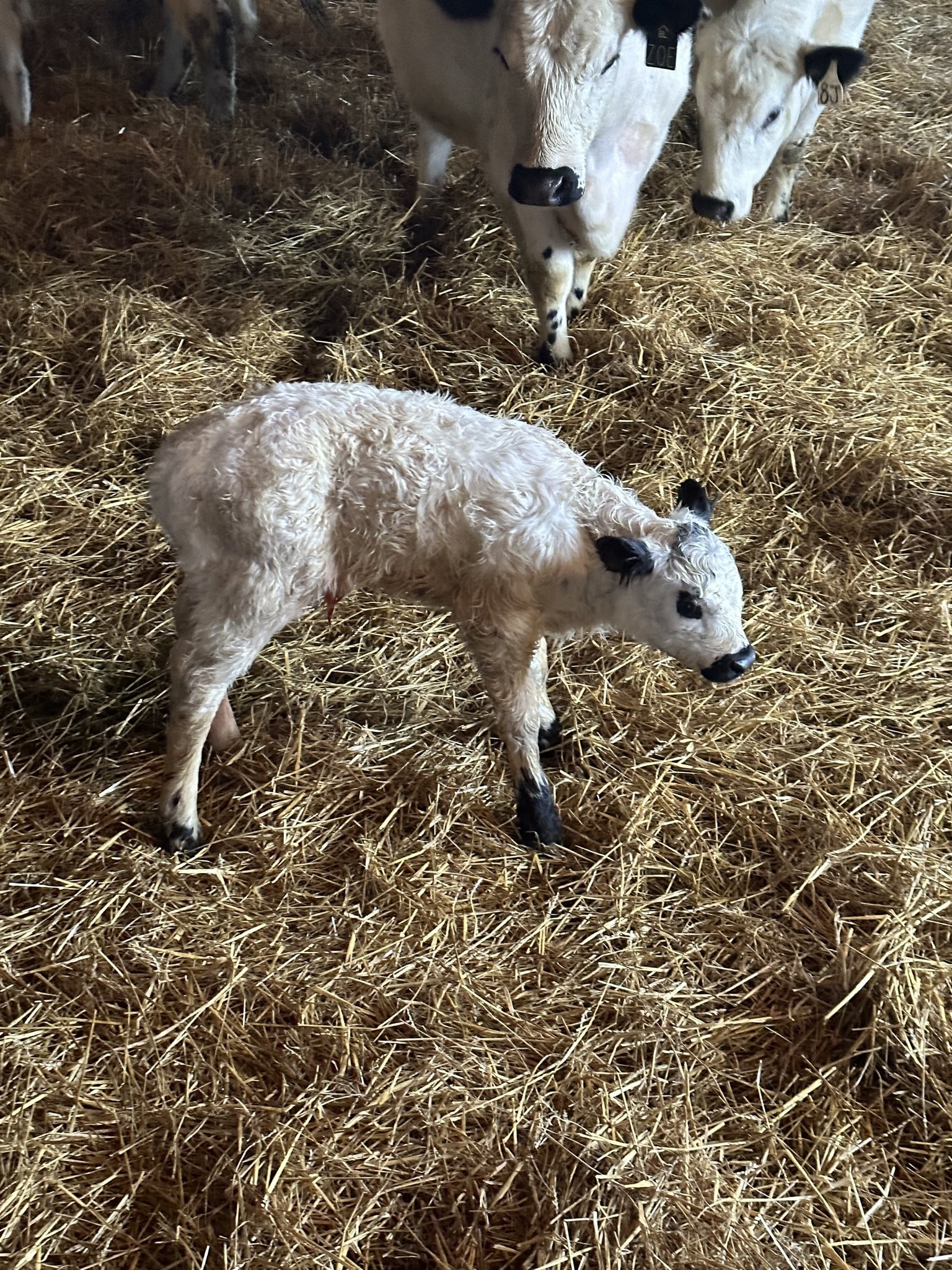The Ins and Outs of Heifer Development
In cow-calf operations, the decision to develop replacement heifers is critical and can have a significant impact on the long-term profitability of the herd, some might even say that it is the heart of your entire program. Developing a heifer to replace a cull cow is not only an expensive endeavor but also requires careful planning and management strategies. Let’s explore the key considerations and best practices for heifer development, aiming to maximize profitability and ensure the success of your cow-calf operation.
When it comes to Heifer Development, strategic management is key.
Rather than solely focusing on maximizing pregnancy rates or achieving a specific percentage of body weight, it is important to consider the overall value and profitability of the heifer. Recent studies have shown that heifers can be developed to lower body weight percentages without compromising pregnancy rates. This allows for cost-effective development strategies that reduce production risks and increase long-term profitability. With this practice, it is important to note that in some cases it may take much longer to reach a mature body weight.
Low Input/High Input Systems
One crucial aspect of heifer development is the choice between low-input and high-input systems. While high-input systems may seem appealing at first, they often come with increased costs and risks. On the other hand, low-input systems, such as forage-based systems, have shown promising results in terms of profitability. These systems not only decrease costs but also offer greater flexibility in marketing options. Heifers developed in low-input systems have been found to reach profitability at a much younger age compared to their counterparts in high-input systems.
Longevity
Longevity within the cowherd is directly linked to profitability. Research conducted in various regions has consistently shown that a significant percentage of heifers remain in the herd after reaching five years of age. Cost-effective, low-input heifer development systems play a crucial role in identifying sub-fertile heifers early on, allowing for additional nutrient resources to be allocated to ensure their success as cows. By prioritizing longevity, you can enhance the overall profitability and sustainability of your cow-calf operation.
Customize it to Your Needs
Heifer development programs should be customized to fit the specific needs and goals of your operation. Factors such as genetics, available resources, and environmental conditions should all be taken into account. Developing a mineral program can be the difference between a surviving program and a thriving program. Taking the time to collaborate with veterinarians, nutritionists, and extension specialists can provide valuable insights and guidance in tailoring a program that maximizes profitability while ensuring the health and well-being of your heifers.
Monitor and Adapt Your Heifer Development
Successful heifer development requires continuous monitoring and adaptation. Regularly assessing the progress of heifers, tracking key performance indicators, and adjusting management practices accordingly will help optimize outcomes. This includes monitoring weight gain, body condition scores, and reproductive performance. By identifying potential challenges or areas for improvement early on, you can proactively address them and make necessary adjustments to maximize profitability.
Bottom line developing replacement heifers is a significant investment for cow-calf producers, but when approached strategically, it can lead to long-term profitability and sustainability. By focusing on factors beyond pregnancy rates and body weight percentages, such as net present value and heifer longevity, you can create value and optimize profitability in your cow-calf operation. By implementing cost-effective, low-input heifer development systems, customizing programs, and continuously monitoring progress, you will set your operation on the path to success in the dynamic world of cattle production.
Interested in further developing your heifer program? Consider adding British White genetics to your herd. We have several options from purchasing cattle, leasing bulls, or buying semen straws. Contact us for more information!



